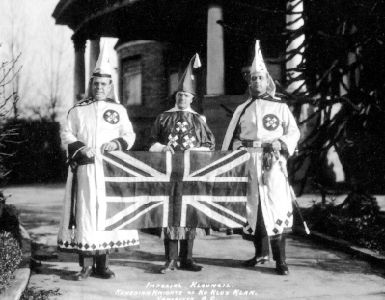Country Life Movement
This movement of loose alliances flourished in the 1900-20 period, a response to the drift to cities and to the perceived loss of rural values. It was fed by the exuberance of the settlement of the Prairie West and by the importance that the Great War lent to farmers. At its base was an ideology that adulated rural life. Promoted by agricultural colleges, university extension departments, land dealers, women's groups, "new" education reformers, and the farm press, the movement resurrected ancient idealizations of agriculture. The Farm and Ranch Review (Calgary) relayed Socrates' pronouncement that agriculture was the employment most suitable to man's nature. It was "the source of health, strength, plenty, riches and of a thousand sober delights and honest pleasures"; it taught "sobriety, temperance, justice, religion, in short all virtues." Country life plainly was closer to God than city life. Advocates included J.B. Reynolds, president of the Manitoba and later Ontario Agricultural College; S.E. Greenway, Saskatchewan director of extension; J.W. Gibson, BC director of elementary agricultural instruction, and James W. Robertson, chairman of the Royal Commission on Technical Education (1909-13).
The country life ideology underlay many reform crusades - the pure food and health drives, the Temperance and moral reform leagues, the City Beautiful and conservation campaigns, school gardening and agricultural clubs. It permeated Canadian literature of the times and motivated virtually every educational strategy designed in the era to elevate life on the farm.

 Share on Facebook
Share on Facebook Share on X
Share on X Share by Email
Share by Email Share on Google Classroom
Share on Google Classroom



